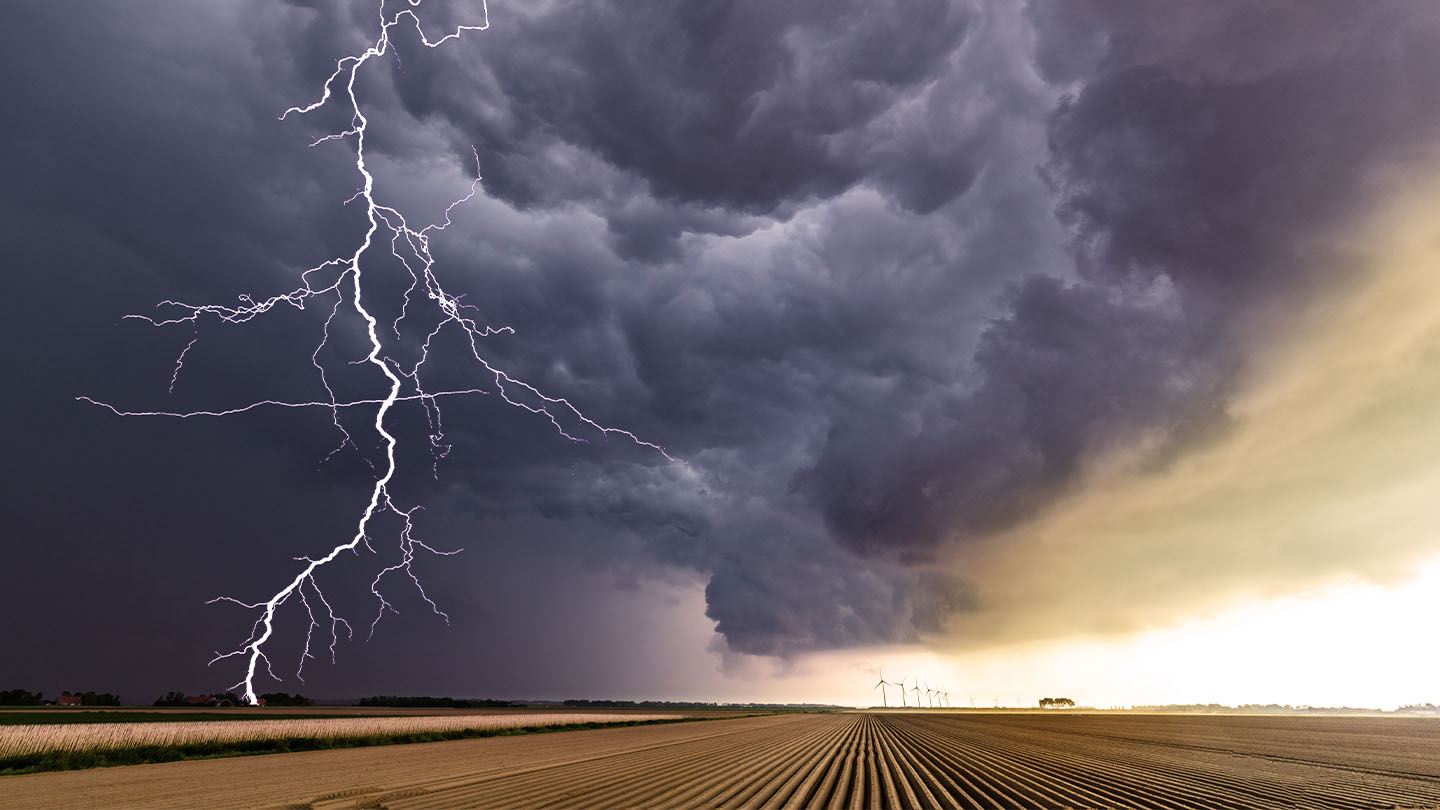Belcher: How does climate technology play a role in resilience and adaptation?
Kapnick: Climate technology is pivotal in enhancing resilience and adaptation. Technologies like AI-driven weather forecasting, smart electric grids and advanced materials for infrastructure can help predict and mitigate climate impacts. For example, AI can optimize energy use in buildings, reducing costs and emissions. Smart grids can manage electricity distribution efficiently, ensuring stability during extreme weather events. Investing in these technologies could not only potentially mitigate the effects of extreme weather events but could also drive innovation and growth.
Belcher: What about the emergence of AI and the energy and water demands of these data centers?
Kapnick: There’s actually significant potential for innovation and investment opportunity with these data centers. The good thing about the climate tech world is that it evolves quickly. I believe we will see technology adapt within the next 10 years so that data centers can run more efficiently. For example, there are more energy-efficient ways of manufacturing computer chips that are being developed. We’ll see innovation in data center technology respond to growing concerns and stress in the energy market and water supply.
Belcher: What challenges do businesses face in implementing climate adaptation strategies?
Kapnick: Businesses often struggle with the upfront costs and uncertainty associated with climate adaptation. There’s a tendency to prioritize short-term gains over long-term resilience. Additionally, adaptation requires cross-sector collaboration, which can be complex. However, the growing body of research and data on climate impacts provides a clearer picture—for example, factors influencing insurance costs— helping businesses make informed decisions.
Belcher: How do you see the future of climate resilience and technology evolving?
Kapnick: The future of climate resilience and technology is promising. As awareness grows, more businesses are likely to invest in innovative solutions to address climate challenges. Technologies may also become more sophisticated, offering precise tools for managing the changing world.

